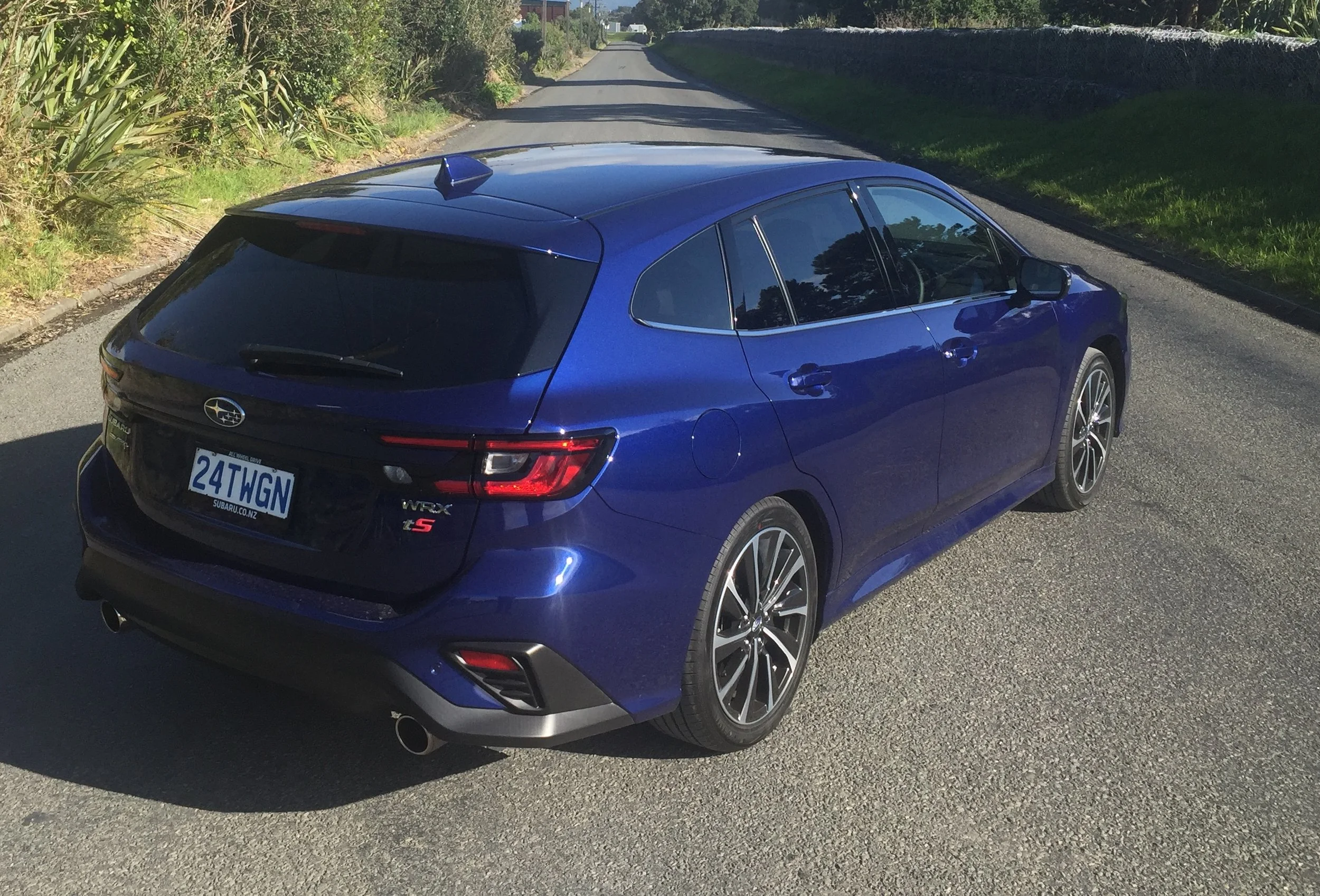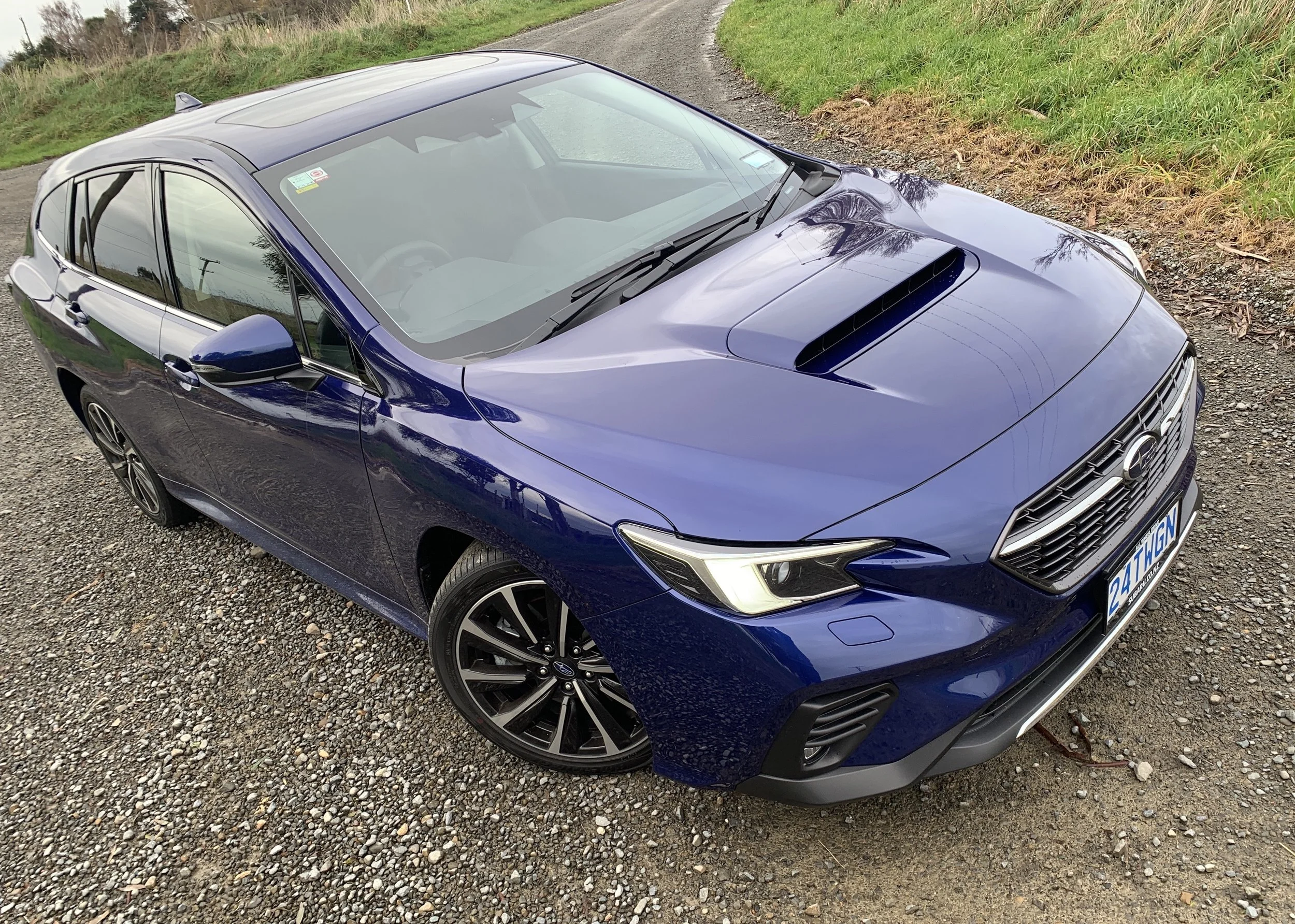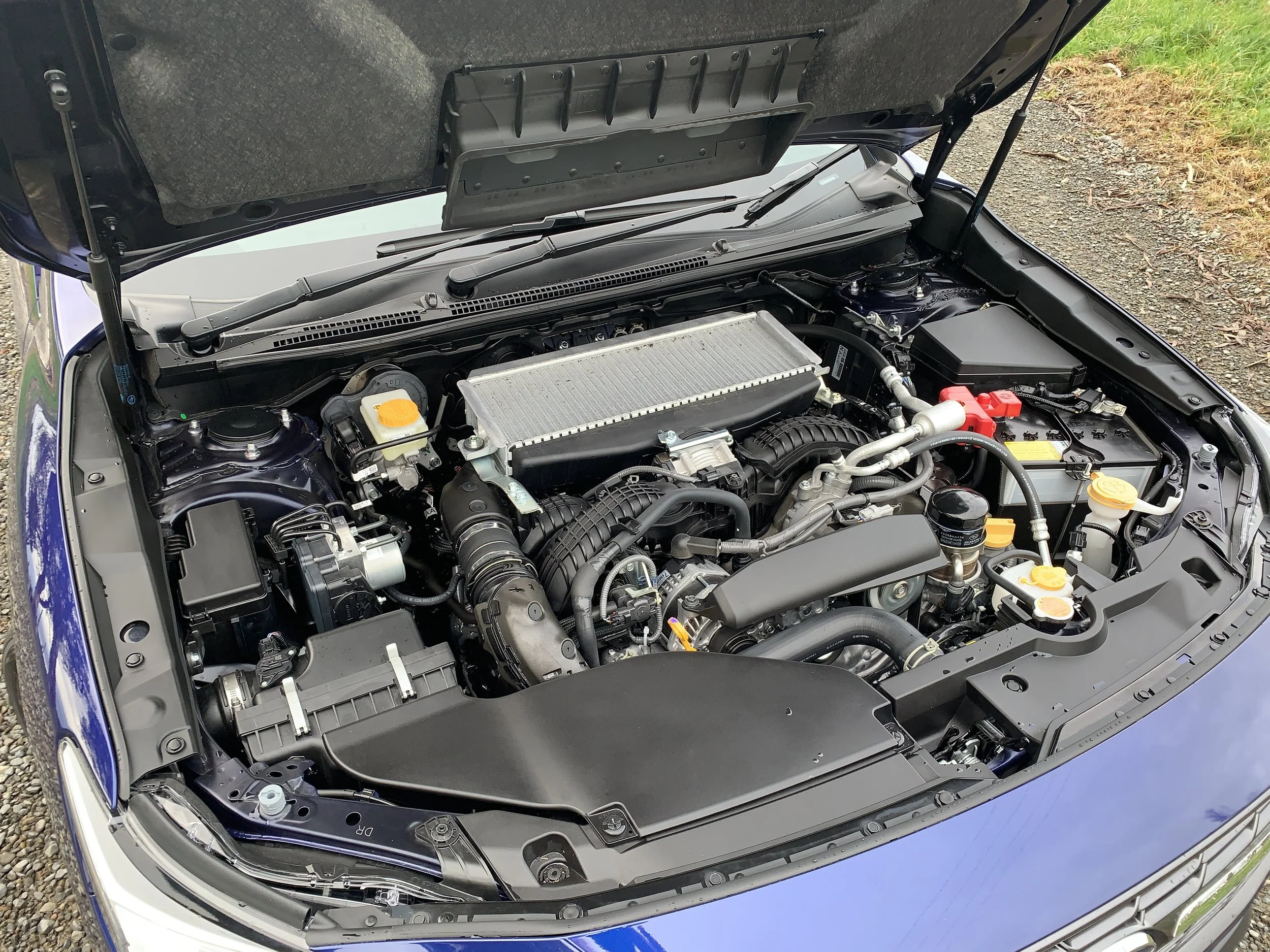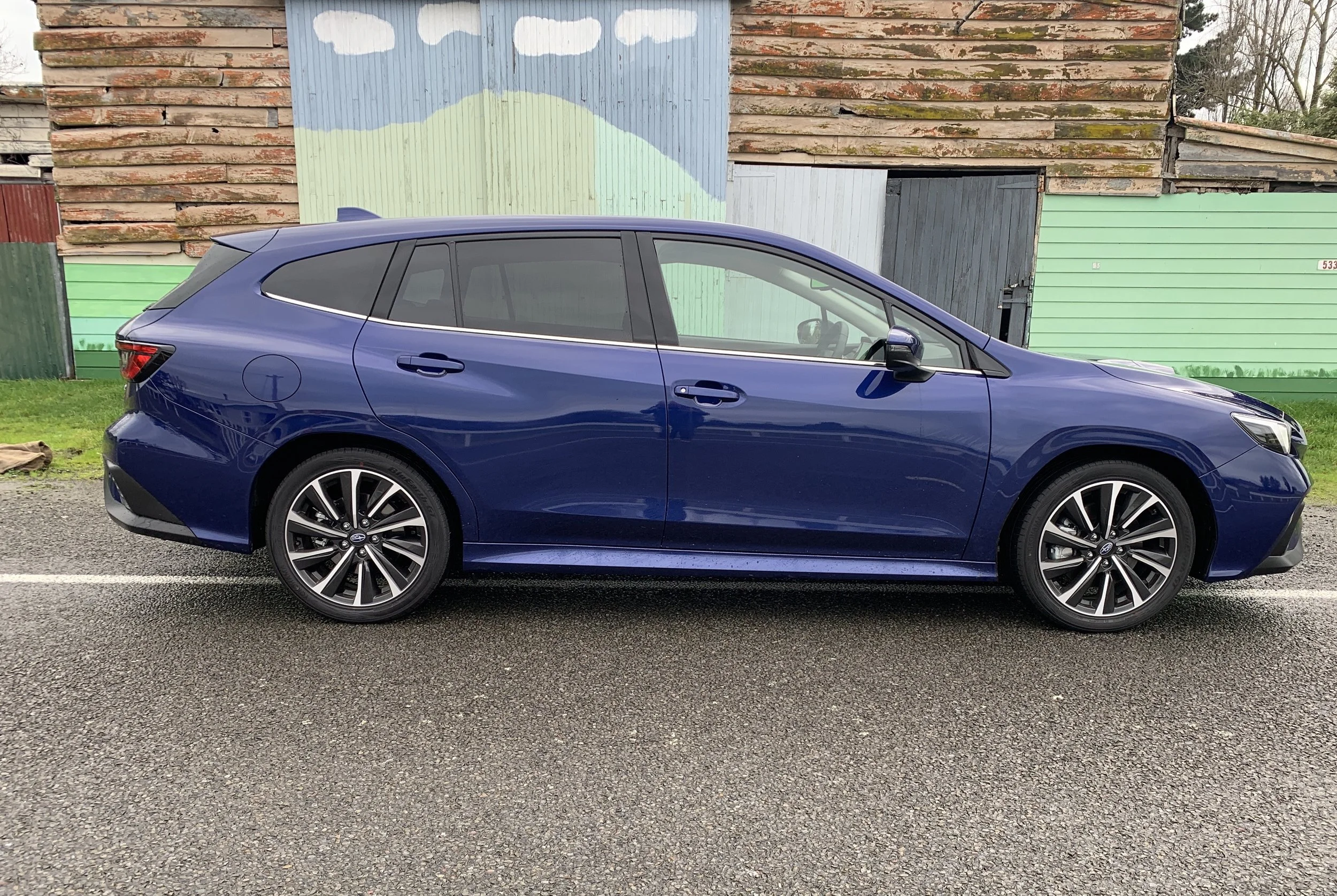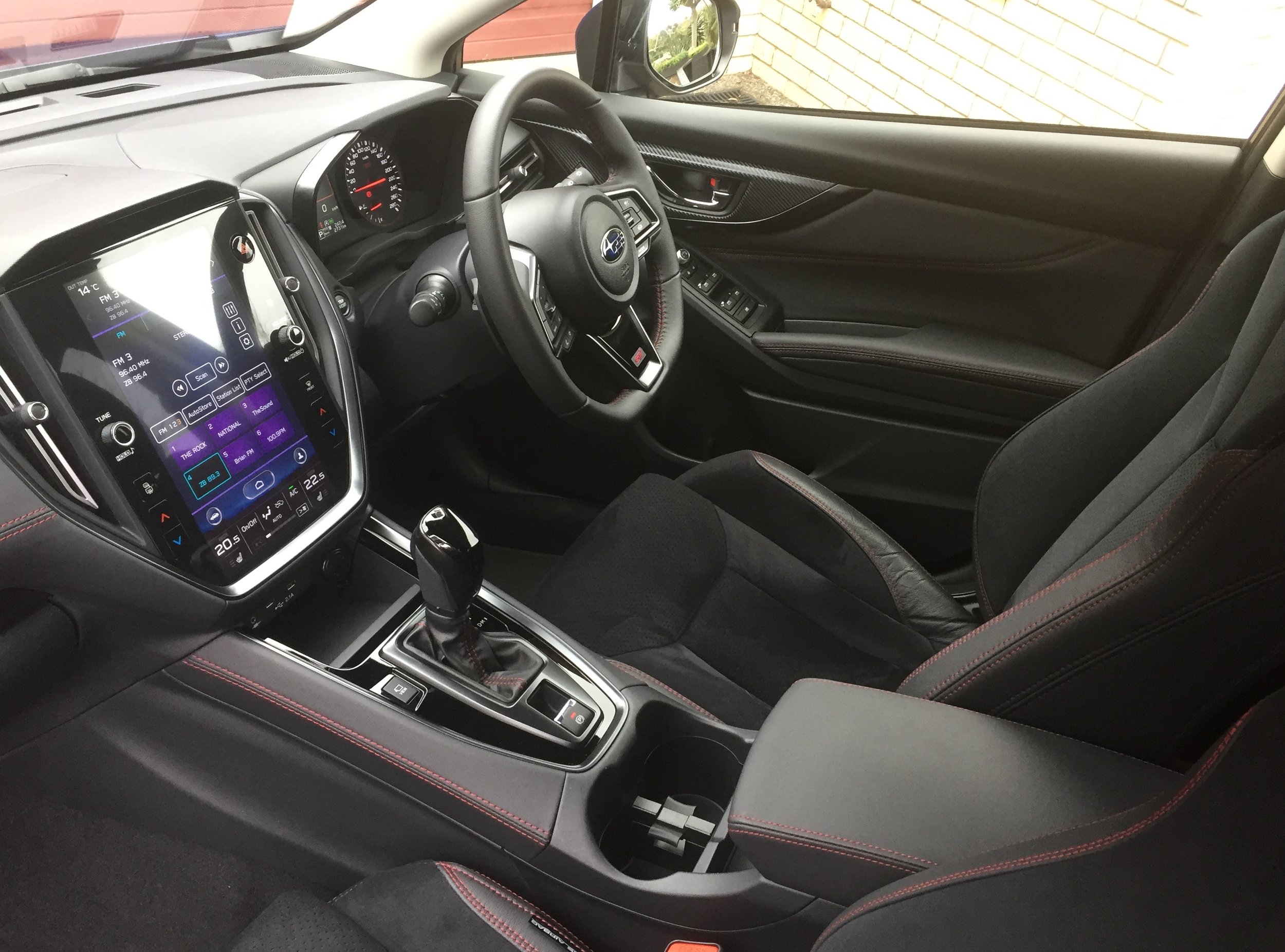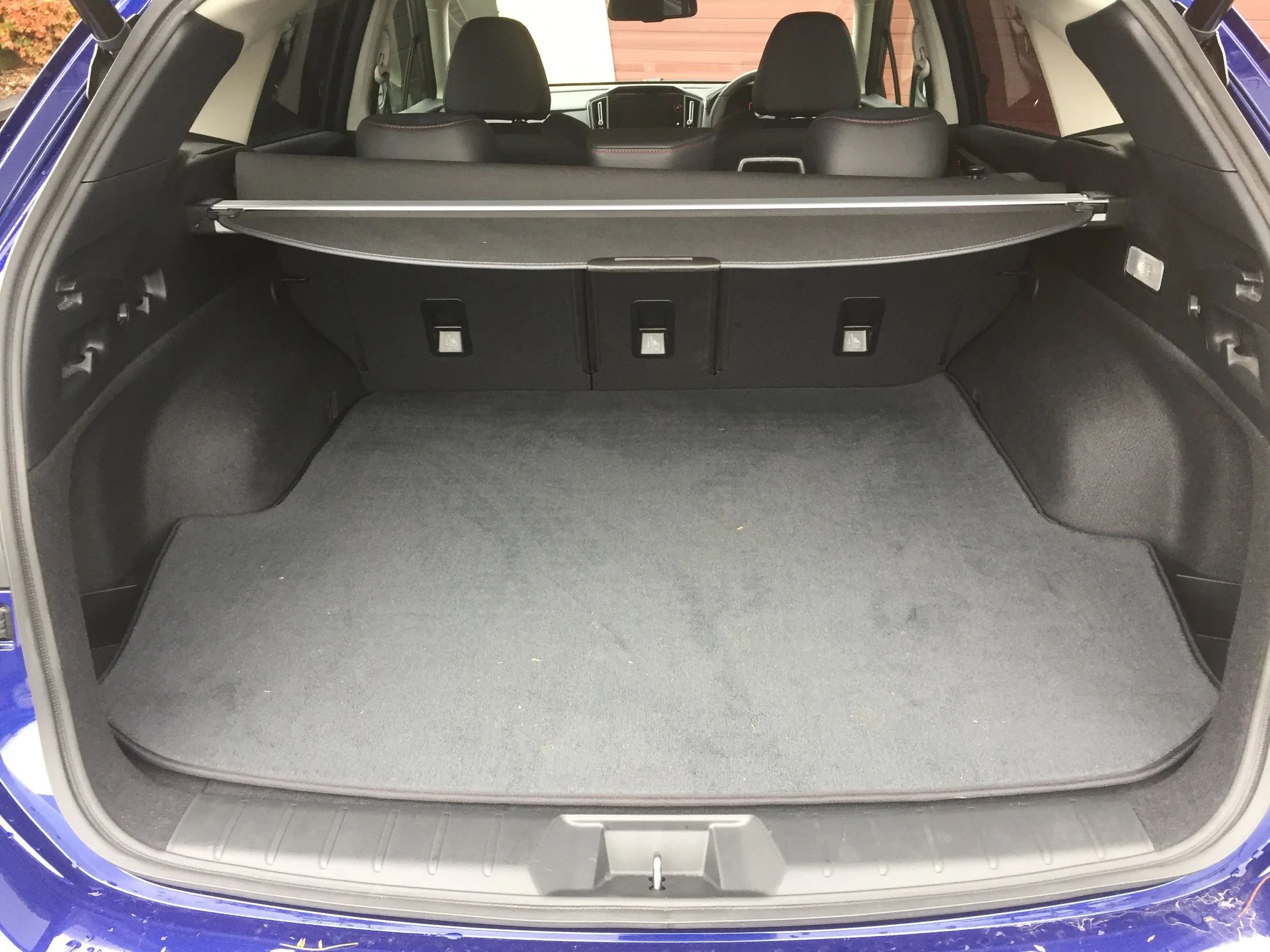Subaru WRX GT Wagon tS roadtest review: Rex grows up
/After 14 years’ absence, we’ve got a WRX wagon again. Is it worthy of the badge?
Price: $64,990
Powertrain and economy: 2.4-litre turbocharged petrol horizontally-opposed four-cylinder, 202kW/350Nm, eight-stage constantly variable transmission, AWD, combined economy 8.5 L/100km, CO2 192g/km (NEDC).
Vital statistics: 4755mm long, 1795mm wide, 1500mm high, 2570mm wheelbase, luggage capacity 492-1430 litres, 18-inch alloy wheels.
We like: Easily customisable performance characteristics, smooth drive when in Normal mode, comfortable and spacious.
Not so much: Driver assists can be intrusive.
OVER the years Subaru has developed a strong reputation for producing wagons with performance potential.
The Legacy GT, early generations of the WRX and in more recent times the Levorg. All have been vehicles with ability. All-wheel drive, turbocharged, low centre of gravity (due to their boxer engines). Muscular cars.
To that wagon list you could also add the Outback, because although it is marketed as a sports utility wagon it is really a wagon, albeit a higher-riding and more robust one for extra ground clearance and off-road work.
However we’ll forget about that vehicle, because it muddies the waters as to what and what doesn’t constitute a wagon or SUV. And if we do remove the Outback from the equation, the reality is that for the past year or so Subaru hasn’t had a wagon to sell in New Zealand – the Covid pandemic helped put an end to supplies of the Levorg in 2021.
But there is one now.
The fifth-generation WRX avails in both sedan and wagon forms. That’s significant. There hasn’t been a WRX wagon for 14 years – the model went to sedan and hatchback when the third-generation version arrived in 2008.
That left Subaru New Zealand with the hugely popular Legacy GT as its only performance wagon, and that lasted until 2014.
A couple of years later the Levorg arrived here, with Subaru NZ claiming it had the potential to both make up for lost sales from the demise of the Legacy GT and satisfy the requirements of WRX fans who hadn’t been able to purchase a wagon version for all those years. It didn’t really do either.
Interestingly, the new wagon is being sold in Japan as the second-generation Levorg, while the sedan is marketed as a WRX. No such differentiation here.
Even though Subaru NZ is saying the wagon stands as a model in its own right, the naming conventions, and the pricing, are in line with that for the sedan.
Given Subaru’s strong history of offering performance wagons, should we be celebrating the return of a WRX version?
Of course we should, because not only will this fifth-generation model almost certainly mark the end of many years of Subaru WRX product powered by fossil-fuelled engines, but it also gives a prospective buyer a wider choice of car. If the greater practicality of a wagon is desired, then that is the vehicle for the prospective customer.
Our launch review (https://www.motoringnz.com/firstdrive/2022/5/25/subaru-wrx-first-drive-review-icons-flying-finish) expressed perplexion about the GT wagon not having the same degree of driver involvement that the sedan delivered. The wagon is heavier. It also runs 225/45 R18 Yokohama BlueEarth tyres, whereas the sedan is on sportier 245/40 R18 Dunlop Sport Maxx types.
I haven’t driven the WRX sedan. Impression from a week with the GT wagon left me thinking it hit its driver interaction marks nicely. Granted it is a wagon and for that reason will never be as performance-oriented as the sedan. But it is a very good wagon, capable of an impressive turn of pace and performance when required.
This WRX goes to the Subaru Global Platform that’s more torsionally rigid than the predecessor’s underpinning. The FA24F turbocharged 2.4-litre boxer engine is new, as well, and is soon to feature in the Outback. It makes a little more power than before and the same torque as the previous line’s 2.0-litre.
Economy? Yup, thought you’ll ask. I saw 10.6 litres per 100km from my time with the car. I had booted it a bit. Fuel type is 95 octane. The WRX also gets a CO2 penalty under Clean Car.
The wagon is available only with CVT, but the unit is the – to my mind - very good Subaru Performance Transmission, with manual mode.
What I particularly liked was that no attempt has been made to copy the more out-there exterior of the WRX sedan. While the booted model has various exterior features such as air outlets on the trailing edges of the front wheel openings, side garnishes and a boot lip spoiler, the wagon is smoother and more subtle in its styling.
As the top model, the tS has Drive Mode Select, a system which allows the driver to change the vehicle’s on-road characteristics to suit. At start-up this system defaults to Normal, but settings that range from Comfort through to Sport, Sport Plus and Individual, change the vehicle dynamics.
This is especially the case with the Individual setting which allows full driver customisation of the likes of power delivery, steering, suspension settings via newly introduced electronically controlled dampers, and even the AWD which can be changed from normal to sport.
All of this is controlled by using a big tablet-like 11.6-inch central touchscreen that dominates the WRX’ interior. It’s possibly the biggest infotainment screen yet seen on a small-medium vehicle here, but it’s not too domineering because it runs down the centre console.
Move the wagon’s Drive Mode Select to Individual and choose all the sporty settings, and this WRX really is fun to drive. The transmission contributes, thanks to the fact it offers 30 percent faster upshifts and 50 percent faster downshifts via eight simulated change points. There are paddle shifters for manual use, but I found the automatic to be so fast I didn’t often bother.
It’s a wagon designed for versatility, which means it is longer in length and with a lot more load space at 492 litres with all seats in use compared to the sedan’s 411 litres. It also runs on higher-profile 18-inch tyres, and it is 28kg heavier at the tS level than its sedan equivalent. All that contributes to drive characteristics that will never match the sedan.
My biggest gripe was a real first-world one – some driver aids were too intrusive.
All model grades come with an equipment list that includes blind spot monitoring, land change assist and rear cross traffic alert, and if you wander slightly off the straight and narrow the system will warn you in no uncertain terms.
These days its EyeSight system also works to keep an eye on the driver, to the extent that at one stage I got warned to keep my eyes on road. What was I looking at? I dunno.
The WRX also now asks you to check whether you’ve left anything – or anyone – on the rear seats. This warning system kicks into action if you have opened and shut any of the rear passenger doors, from which point it will assume that something or someone has gone in there, and it will ask you to check when you park the Subaru.
To my mind all of this represented a bit of an intrusion, but not too bad. More to the point was the experience of the vehicle itself, which I found to be good enough to rate as one of the outstanding wagons in the history of Subaru. Maybe you say that in the wagon sense, Rex has grown up.

